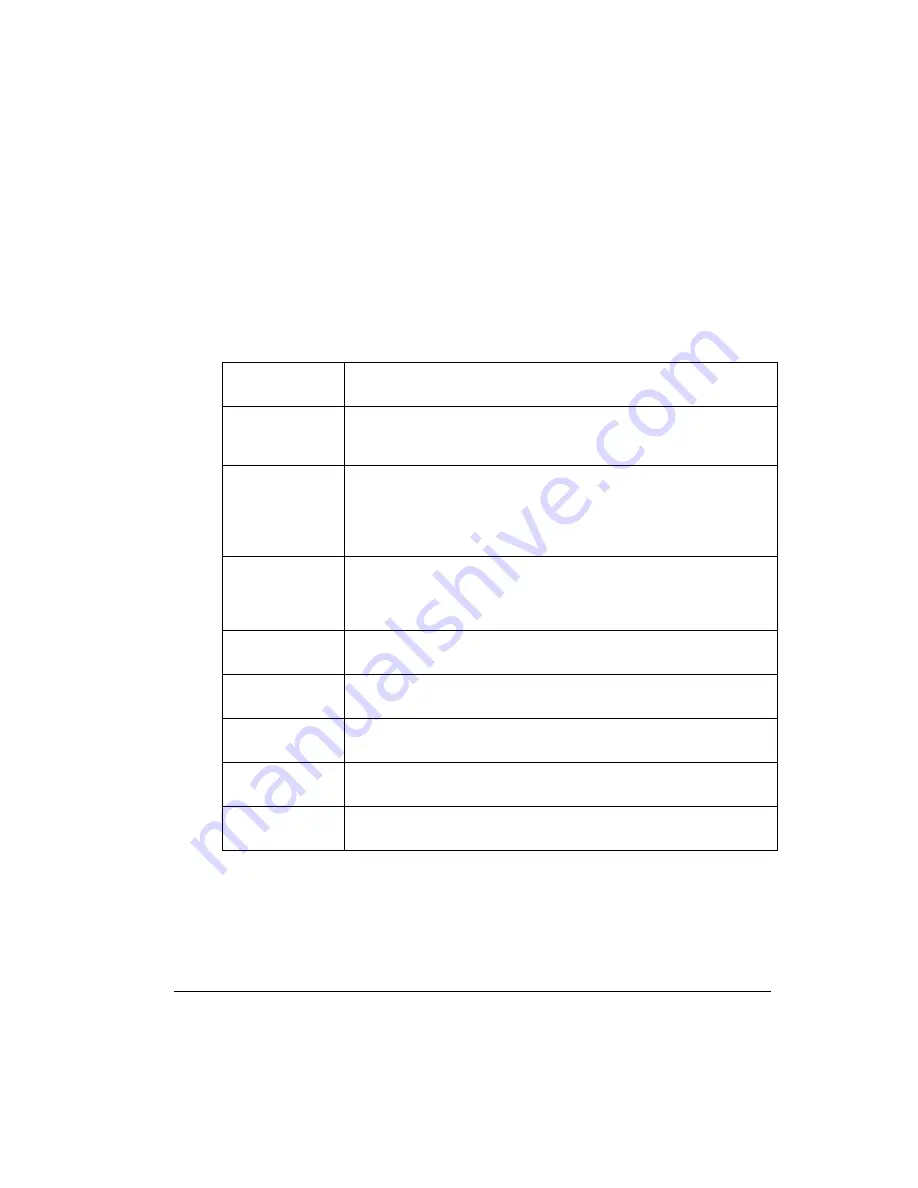
R200
Analog Input Module 2MLF-AV8A, AC8A User's Guide
135
September 2010
Honeywell
8. Appendix
8.1 Appendix 1: Terminology
Terms and abbreviation used in the user’s guide and the analog module in general are as
described below.
A/D Converter
Converts analog input signal (voltage or current) to a proportional
digital output value (raw count).
Analog Input
Module
The module that converts analog voltage/current input signal to
proportional digital value. It has a resolution of 14 and 16 bits
depending on the converter used.
Channel
The inputs to A/D converters are connected through channels. Each
voltage or current input is on a different channel. Every analog input
module will have many channels (typically 8 ~ 16). Thus, channel
represents the circuitry used to connect input or output to an A/D or
(D/A) converter.
Conversion
time
Time taken by analog input module to sample and convert the
analog input signal (one channel) into digital output value. Similarly,
this term is also used to indicate the time required for analog output
module to convert the digital value into an analog output signal.
D/A converter
Converts digital value to a proportional analog output signal (voltage
or current, respectively).
Full Scale
The maximum value of the analog input (voltage or current) that can
be converted by an A/D.
Full Scale Error
Difference between expected analog-converted value (voltage or
current) and actual analog-converted value.
Full Scale
Range
Difference between the maximum and the minimum value of the
analog input (voltage or current).
LSB
(Least
Significant Bit)
The bit unit that gives minimum value (used in digital
representation).






































